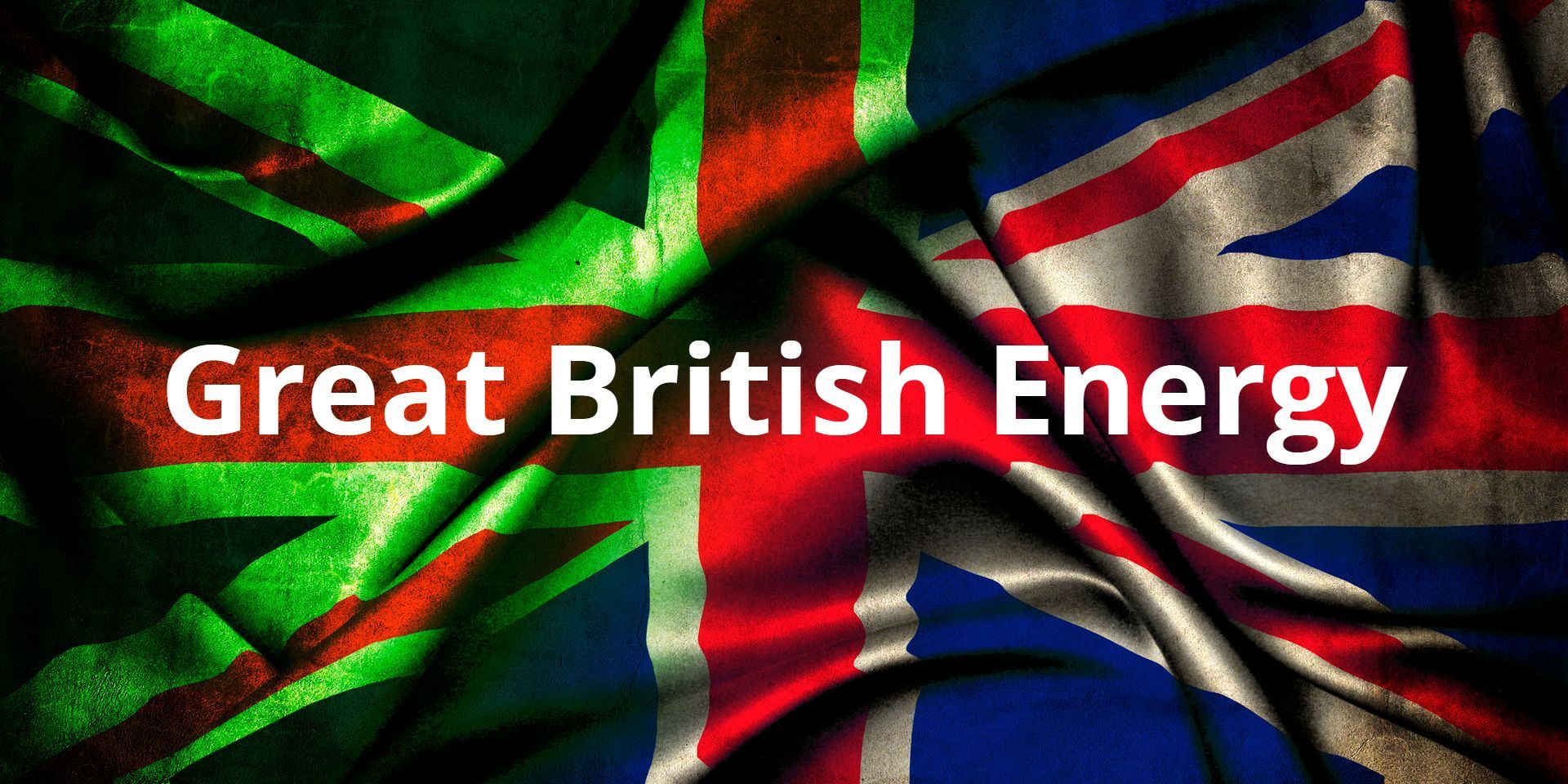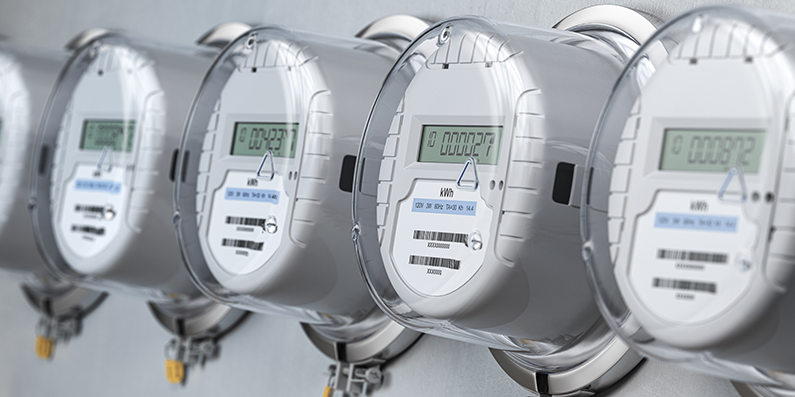Energy Bill Relief Scheme - Fixed Price contract update
19th October 2022
Fixed Price contract methodology - publication of methodology and initial discount levels
The UK government has now published additional detail to explain how suppliers will adjust fixed contract commodity costs that should theoretically deliver the Supported Prices for Winter 22 (announced in September through the Energy Bill Relief Scheme).
The methodology has been provided alongside an initial set of data which confirms a p/kWh discount, specific to the contract acceptance date, that will be applied to any qualifying consumption. The discount is derived by calculating the difference between an assumed commodity cost and the Supported Price.
Understandably, energy suppliers requested a simple way to deliver the government’s supported prices but it's questionable whether the final solution truly delivers on the headlined numbers. What’s more, through its overly simplistic design there will inevitably be outlying contracts where resultant commodity costs will be well above the headlined numbers.
Assumed commodity cost limitations
While the government support is clearly welcomed, we've highlighted 3 limitations below that will ultimately mean your business may not receive the Supported Price levels this winter.
1. Weekly averaging
Contrary to the way Corporate fixed contracts are bespoke priced on a daily basis, assumed commodity costs have been derived by averaging values observed across a week. This average is then applied back to a daily level (i.e. each day within a given week will receive the same assumed commodity cost and therefore the same level of discount).
It’s difficult to understand the intention of applying a weekly average to a daily value but, considering the unprecedented volatility that has been observed during the energy crisis, there will inevitably be winners and losers through the simplification.
2. Baseload methodology (electricity only)
Commodity costs have been valued using baseload market prices only which naturally assumes consumption is the same for each half hour in Winter. The reality is typically much different.
While they are not transparent in fixed contracts, shape costs are included to account for the fact that both consumption and commodity costs vary significantly across the day. Along with other risk premium, the costs of managing shape have risen dramatically through the energy crisis.
A shaped commodity cost can be more than 20% higher than baseload.
3. Losses (electricity only)
Transmission and distribution losses are excluded from the commodity cost calculations. For a Low Voltage supply losses can exceed 10% of commodity cost.
Depending on your supply, losses will account for a significant commodity cost that is not supported.
Similar to the reduction of support for Flex contracts, it's disappointing to see that the published discounts don't deliver the on the initial headlines and that the reality is that Fixed Price contract commodity costs will likely be significantly higher than estimated by suppliers.
For those businesses that are large enough to access a Flexible Purchasing Product we would continue to recommend this as our preferred product choice due to the transparency and flexibility it offers. If your business is new to Flex and would like to know more then please contact us; Adalta Energy can support in all aspects of the process.
Likewise, if you have any questions on the ongoing energy crisis or require any assistance, then please contact enquiries@adaltaenergy.co.uk or call Ed Butler directly on 07989 431184. Alternatively, if you are an existing Adalta Energy client then please speak directly with your dedicated contact.












